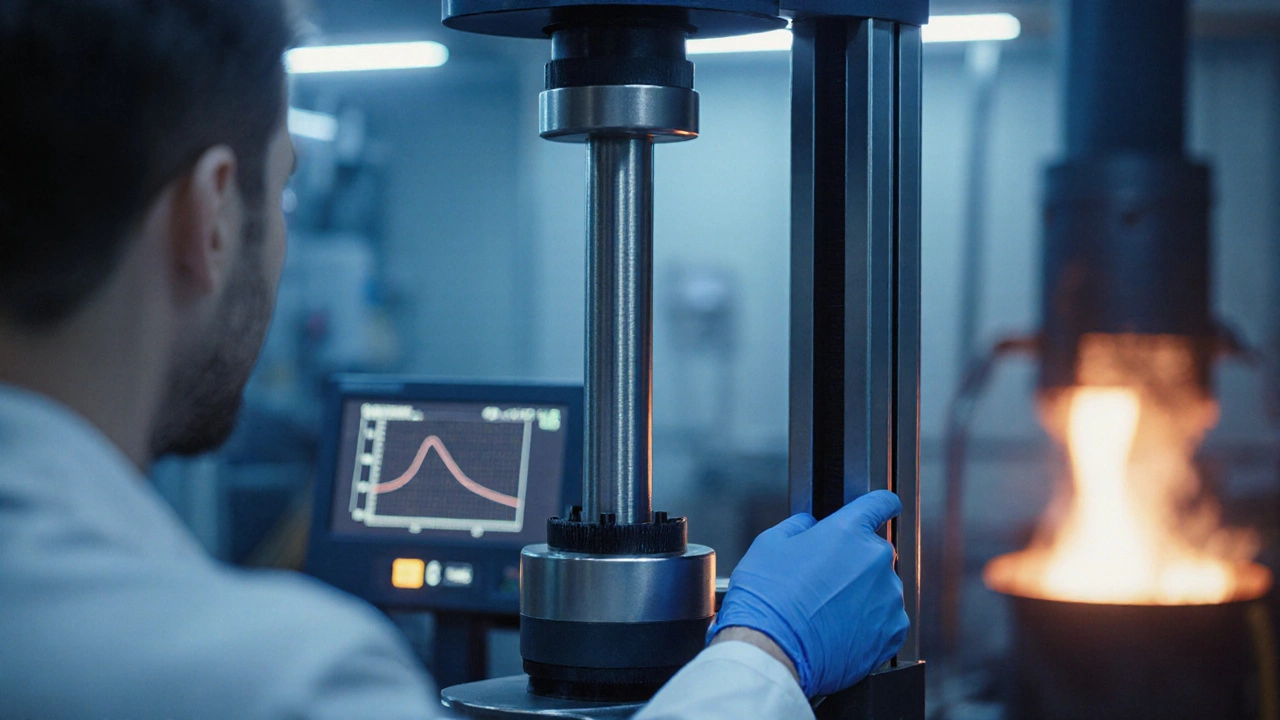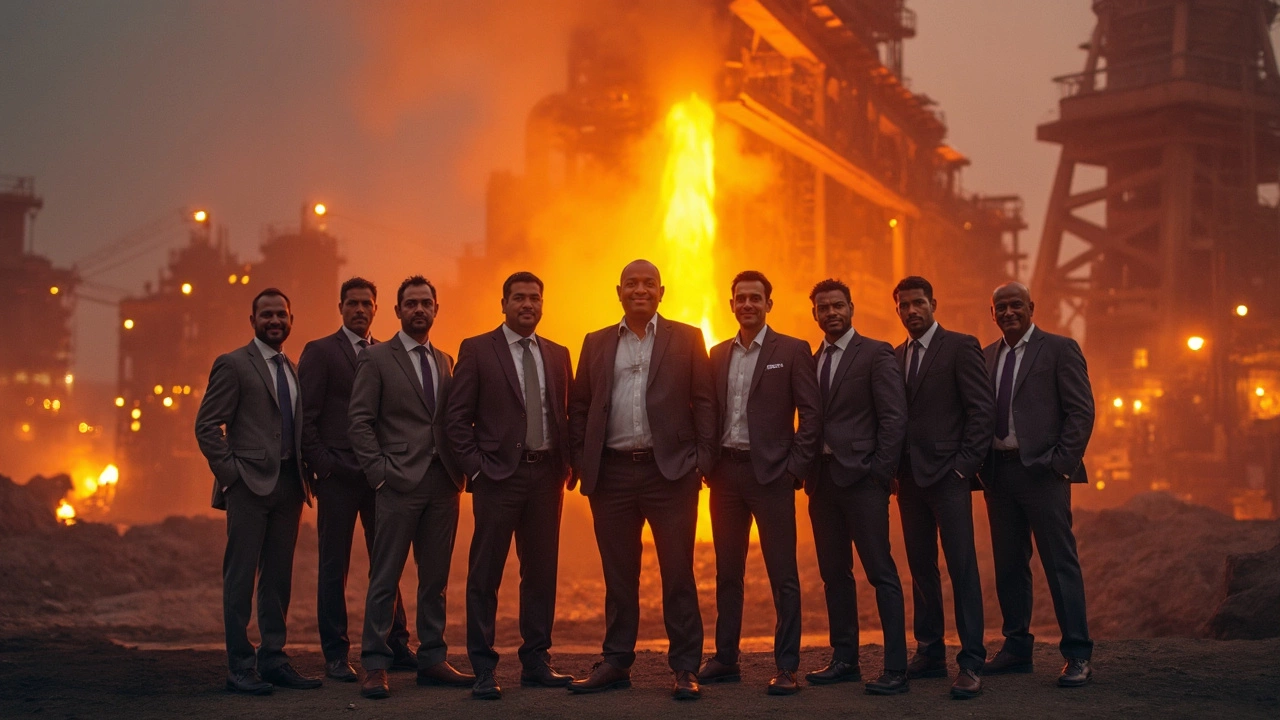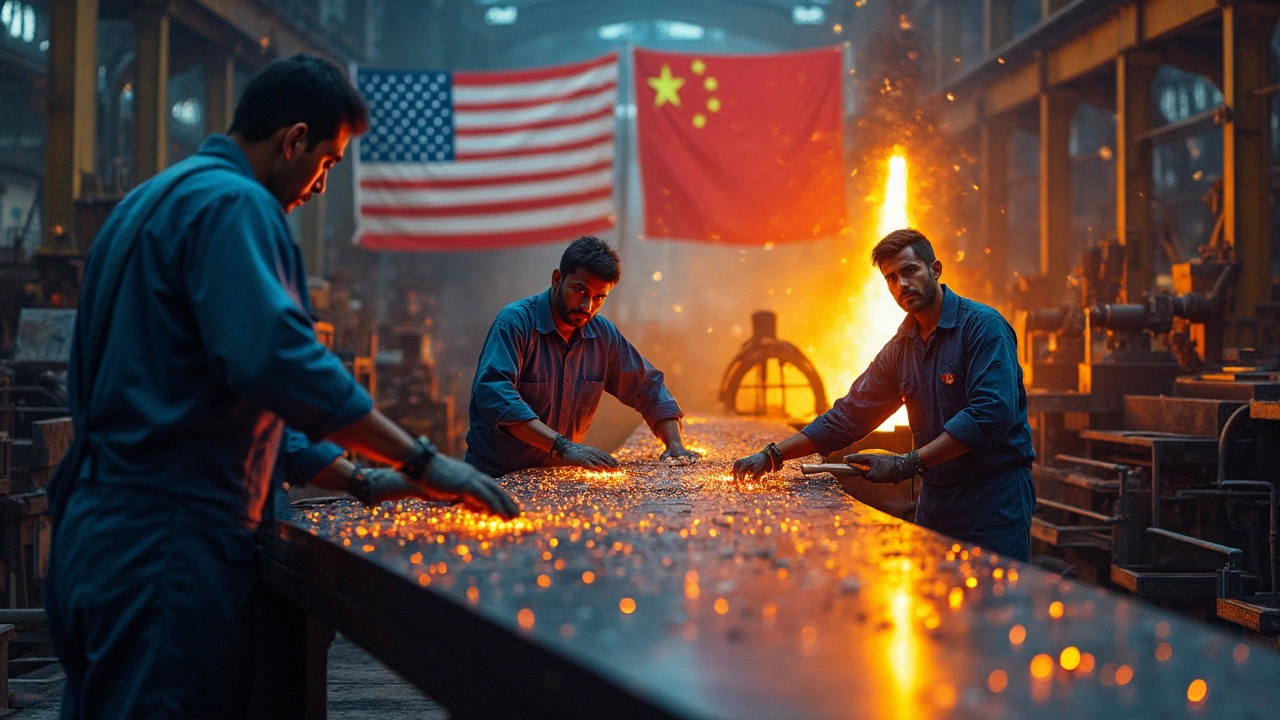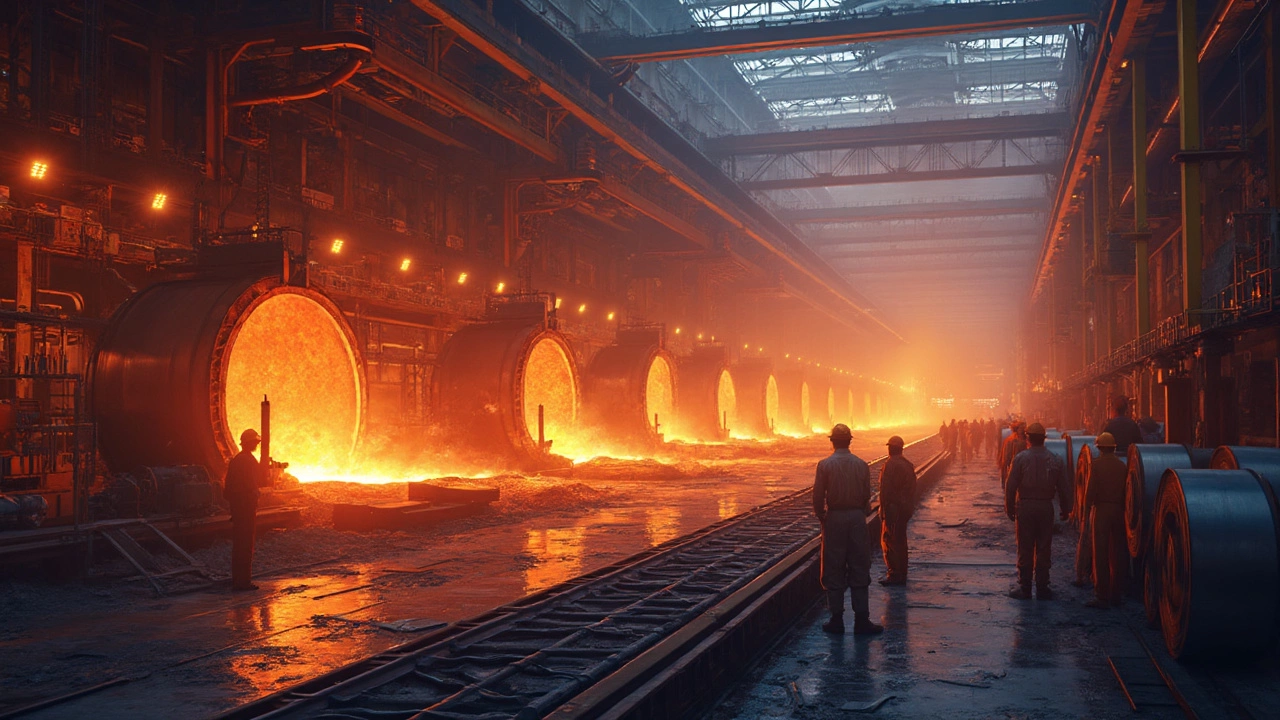- How to Enter Manufacturing: Practical Steps for 2025 Oct 14, 2025
- High Profit Margin Manufacturing Startup Ideas Nov 21, 2024
- What Are the Advantages of Small Scale Industries? Nov 20, 2025
- Biggest Weaknesses of Small Scale Industry and How They Hold Back Growth Jun 24, 2025
- Top Profitable Manufacturing Startup Ideas in 2025 Jan 16, 2025
Steel Manufacturing: Trends, Challenges, and Practical Tips
If you’re wondering how to stay ahead in steel manufacturing, you’re in the right spot. The industry moves fast – new regulations, price swings, and tech upgrades can feel overwhelming. Below you’ll find clear pointers that help you make smarter decisions today.
Global Market Landscape
Today the biggest steel supplier in the US is not a mystery, but the reasons behind its lead matter. Large domestic producers benefit from stable demand in construction, automotive, and energy sectors. At the same time, Chinese steel remains cheaper because of lower raw‑material costs, government support, and massive production scale. That price gap forces Indian and US makers to focus on higher‑margin products, better quality, and faster delivery.
American cities like Pittsburgh still punch above their weight in steel output. The legacy of heavy‑industry infrastructure means skilled labor and existing supply chains are ready for new projects. For a manufacturer, partnering with firms in these hubs can cut logistics costs and speed up prototyping.
International trade tensions also shape the game. Recent debates about whether China imports US steel highlight how tariffs and politics can swing market access overnight. Keeping an eye on trade policies helps you adjust pricing and inventory before a shock hits.
Boosting Quality and Sustainability
Quality is the real differentiator when price wars dominate the market. Plants that invest in precise temperature control, modern rolling mills, and real‑time monitoring consistently produce steel that meets stricter automotive and aerospace specs. If you’re choosing a supplier, ask for data on defect rates and traceability – those numbers reveal the plant’s commitment to quality.
Eco‑friendly practices are no longer optional. Energy‑intensive steelmaking can lower emissions by using electric arc furnaces, recycling scrap, and tapping renewable power. Companies that publish their carbon footprints attract buyers who need to meet ESG goals, and they often qualify for government incentives.
For small and medium manufacturers, a practical tip is to start with a pilot project that swaps a single furnace for a low‑carbon alternative. Track the fuel savings and share the results with customers; the proof points can win new contracts.
Finally, remember that the road to better steel isn’t just about machines. Skilled operators, well‑maintained equipment, and a culture of continuous improvement keep downtime low and output steady. Regular training sessions and a clear line for feedback let workers spot issues before they become costly breakdowns.
Whether you’re based in India, the US, or elsewhere, focusing on these three areas – market awareness, quality focus, and sustainability – will put you in a stronger position to compete. Keep the conversation going with your partners, stay updated on policy changes, and never stop looking for ways to make your steel cleaner and stronger.
Which Metal Is the Strongest on Earth? - Facts for Steel Makers
- Aarav Sekhar
- Oct 15, 2025
Discover which metal truly tops the strength charts, how tensile and hardness are measured, and why the answer matters for steel plants.
Biggest Steel Supplier in the US: Market Leaders, Facts, and Industry Tips
- Aarav Sekhar
- Jul 30, 2025
Uncover the biggest steel supplier in the US, how they lead the market, and what shapes America's steel industry today. Dive into stats, facts, and tips for buyers.
Pittsburgh: The Steel Making Capital of the US – History, Facts & Impact
- Aarav Sekhar
- Jul 14, 2025
Discover why Pittsburgh holds the title of the steel capital of the US. Explore its rise, industry secrets, and what the city’s legacy means now.
Steel Production: Which US City Takes the Crown?
- Aarav Sekhar
- Jun 12, 2025
Wondering which city leads the steel production in the US? This article breaks down how Pittsburgh earned its reputation as the steel capital, what makes it stand out, and how things have changed over the years. You'll find punchy facts, key milestones, and practical takeaways on where steel is made today. Get a clear view of the factors that drive the American steel industry. Stay ahead with tips if you're eyeing a move into steel manufacturing.
Millionaires in Steel: Who Hit It Big in the Steel Industry?
- Aarav Sekhar
- Jun 2, 2025
This article dives into the true stories of people who became millionaires in the steel industry, breaking down how they made it happen. You’ll see what gave these leaders their edge, what shortcuts they avoided, and what risks paid off. It’s not just about luck—there’s real strategy behind the biggest paydays in steel. Get ready for some surprising facts and see what tips could actually work for someone starting out today. The steel industry has minted some unexpected millionaires, and you’ll find out exactly how they pulled it off.
Does China Buy Steel from the US? Shocking Facts Steel Manufacturers Should Know
- Aarav Sekhar
- May 21, 2025
This article digs into whether China, a steel giant, actually buys steel from the US. It unpacks why steel trade flows the way it does, which types of steel get shipped, and how tariffs and politics shape the industry. If you run or work in steel manufacturing, you’ll get practical tips on navigating international markets and what this tension means for your business. Get ready for some myth-busting and practical insights on a topic the news rarely explains clearly.
Why Is Chinese Steel Cheaper Than US Steel?
- Aarav Sekhar
- May 12, 2025
Chinese steel is almost always cheaper than steel made in the US, and it's not just about lower wages. This article breaks down the real reasons behind the price gap, from government policies to raw material access. If you run or work in steel manufacturing, you'll see how these factors hit your bottom line. Get practical insights on navigating global steel prices. Find out what makes Chinese steel so competitively priced and where US steel plants are really up against it.
King of Steel: Who Reigns Supreme in Steel Manufacturing?
- Aarav Sekhar
- Mar 10, 2025
Steel is the backbone of global infrastructure, powering everything from skyscrapers to automobiles. But who's leading this massive industry? This article delves into the key players in the steel manufacturing world, exploring their dominance, influence, and innovation. Uncover fascinating facts about production techniques and market strategies that set these giants apart. Learn about the environmental challenges they face and the technological advances shaping the future of steel.
Top Steel Producers: Finding the Best Quality Worldwide
- Aarav Sekhar
- Feb 19, 2025
Discover what makes steel from some manufacturing plants stand out in terms of quality. Learn about the industry's giants and the factors that contribute to their success. Explore the uniqueness of steel production across various countries. Gain insights into advancements that enhance steel quality today. Get practical tips on choosing the best steel manufacturers for specific needs.








